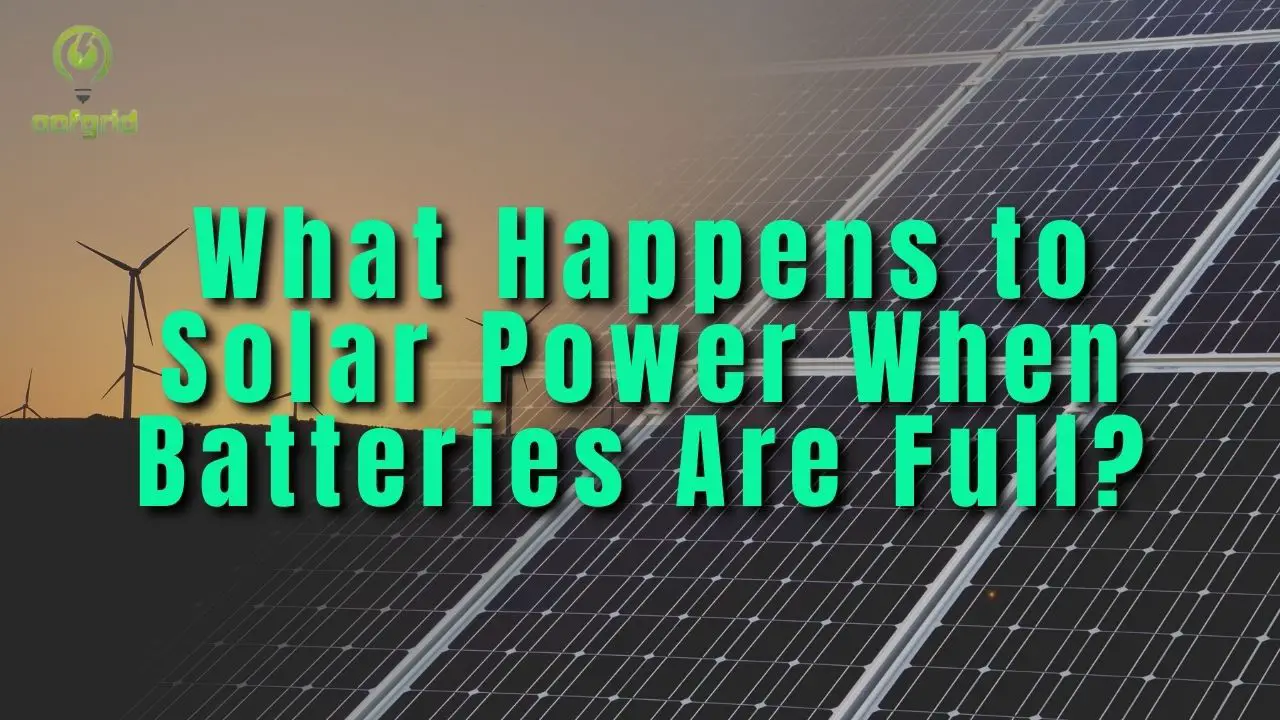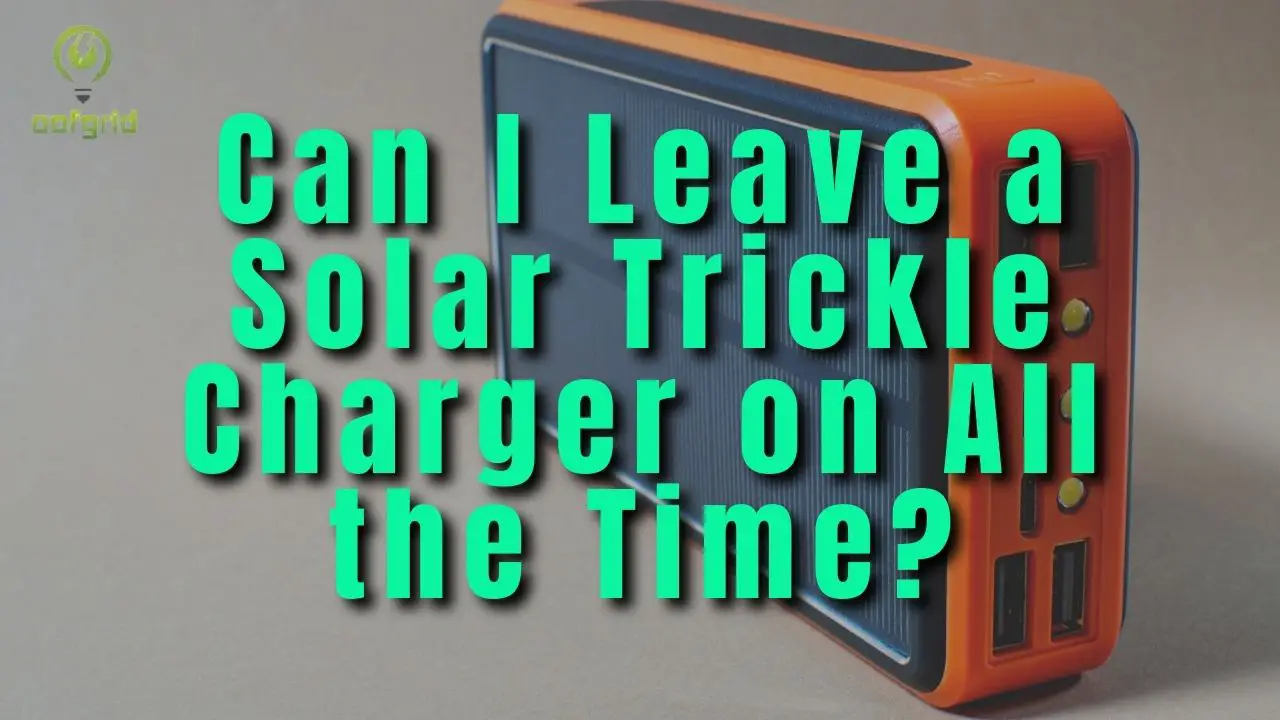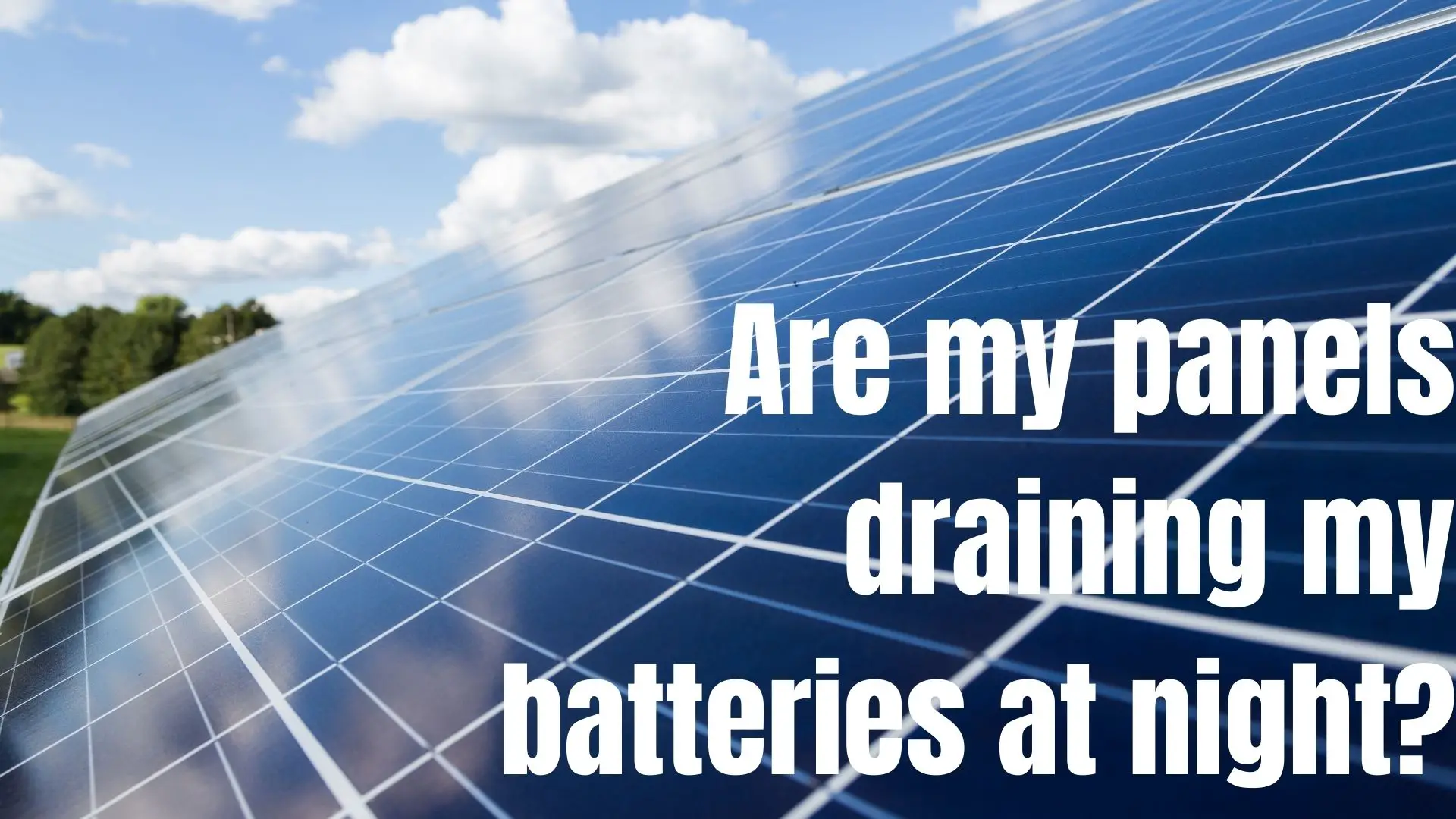Solar phone chargers offer a convenient way to be sure that your phone does not die when you are away from wall outlets.
Solar phone chargers work when used correctly and the sun is out. Solar phone chargers can be used to charge battery banks to keep a charge on overcast or rainy days. Low-cost solar phone chargers may take longer to charge your phone while larger solar chargers are able to keep several devices charged.
Solar phone chargers collect energy from sunlight and store their energy in a built-in or separate battery bank that can be used to charge your phone.
Before you set out with a solar phone charger be sure to try it at home so you have an idea of how long it will take to charge your batteries.

Contents
Are Solar Phone Chargers Worth It?
Solar chargers are worth it if you need an off-grid way to charge your phone and you will be traveling in a sunny area of the country.
To use a solar charger, you will still need a charging cable and you may also need a separate battery bank. You can get a very high-quality solar phone charger for less than $100. This will work for a long time and can charge any device that can be charged with a USB. You can charge your laptop, camera, phones, and other small electronics with a solar charger and a battery bank.
Solar phone chargers will probably not save you money over using traditional wall chargers when they are available, but if you will not have access to wall power, a solar charger is a low-cost way to stay connected.
It is important that you choose a high-quality solar phone charger that meets your needs. Most solar phone chargers are a combination of solar panels and battery banks.
Choose a unit with the largest solar panel that is practical and that you can afford. These larger panels will provide you with much more electricity and quicker charging.
Fold-out panels are convenient for most situations and allow you to carry more panels in a small amount of pack space.
Know that each component of your solar phone charger has the potential to fail, so you should carry replacements or have a backup source of electricity.
Most battery banks can be charged with a wall outlet and hold that charge until you need it, so you can charge your battery bank with a traditional generator if the sun is not available or if your charger stops working.
Are Battery Banks Worth It?
When you are purchasing a solar phone charger, I recommend that you use a separate battery bank as it offers you more flexibility.
Battery banks allow you to carry power from where you have it to where you need it. Battery banks can typically be charged with USB power and wall power, so even if you cannot attach your battery bank to your solar panels, you can charge the battery bank for backup power.
Battery banks can be used in crowded places where outlets are at a premium, such as in an airport, hotel, or on family vacation.
I think battery banks are so helpful and give me peace of mind when I am traveling that I will always have an extra charge for my phone.
Battery banks that are built together with the solar panels can often also be charged with wall power or USB, but if there is a problem with the solar panels, you cannot take them off the battery without damaging them.
Does Solar Charging Damage Phones?
Solar panels installed in traditional solar power setups can occasionally damage batteries through overcharging. These systems use a charge controller to control the flow of electricity to the batteries to prevent overcharging. This can also be accomplished with diodes.
If you were to attach a cell phone directly to a solar panel, then it is very likely to overcharge. Overcharging can permanently damage batteries.
Generally, solar panels are connected to a charge controller before they are attached to a battery. The charge controller regulates the amount of power that passes from the solar panels to the batteries.
Solar chargers have charge controllers built in that prevent overcharging, but regular solar panels do not have charge controllers built-in.
For the first time you use your solar phone charger and battery bank to charge your phone, I recommend that you keep it where you can see it. Watch the battery and monitor it. The battery should not heat up while charging.
Some phones or battery chargers may automatically stop charging when the battery is full. Most phones have safety features that keep them from overcharging, but battery banks may not have the same safety features built-in.
Be sure to read all the user manuals for our battery banks, solar panels, and your phone. They can give you the best safety guidelines to prevent overcharging.
If you suspect your phone is overcharging, unplug it immediately and allow it to cool.
Overcharging can permanently damage batteries and even cause them to swell and break the plastic case of the phone. These batteries can swell and even cause electrical fires.
If your battery has been overcharged or harmed by heat, you should replace it as soon as possible. Heat will permanently damage batteries and shorten their useful life.
How long does it take to charge a phone with a solar charger?
Solar phone chargers can charge a phone as quickly as a wall outlet as long as the charger is designed for charging phones. If your power bank or battery is fully charged by the solar panels, it will charge quickly.
You can use fast charging cables to charge your phone more quickly off the energy stored in the battery.
The better question here is how long will it take your solar panel to charge your battery.
Solar chargers work best in full sun and their charging rate plummets quickly when any shade comes across any part of the panels. The panels are made up of cells that pass electricity through like a long pipe and if one cell is shaded that electricity does not pass through and the battery does not receive any charge.
As a general rule, solar chargers can produce a full charge for most cell phones in 12-24 hours. Larger solar panels will charge battery banks more quickly. Once the battery is fully charged, your phone will charge at the normal rate. A fast charge cable can cut down your charging time.
Small solar phone chargers take longer to charge because they cannot collect as much energy. Choose a fold-out style phone charger for the best and fastest solar phone chargers.
The “Tranmix Portable Solar Phone Charger with 4 Solar Panels” on Amazon seems to be the best of both worlds as it has a built-in battery bank and fold-out panels.

Do solar phone chargers work indoors?
Solar chargers will work at a VERY reduced rate when placed in full sunlight behind a window.
Glass absorbs some of the energy from the sun, and the type of energy used by solar panels is more than the visible light. Some of these wavelengths do not travel through glass well.
I know we started by putting out solar phone charger on the dash hoping that I could use it when I traveled, but after days, there was still very little charge on the battery.
You can test your own solar phone charger inside and outside and you will see the dramatic difference in power output.
This video shows great numbers and shows how dramatic the decrease in efficiency is.
There are some products that are designed to charge phones with solar panels mounted in apartment windows, you can find this product on the GroupHug website.
This can be a good solar phone charger if you will be stationary as it is not designed to be portable.
Why do I need a solar phone charger?
Solar phone chargers make sense in some environments. Hiking, camping, RVing, prolonged power outage, or off-grid cabins or homes. If you do not have access to wall power regularly, a solar phone charger will keep your phone charged for days.
Solar chargers need to be placed in direct sunlight for a few hours each day to maintain the charge on the battery banks.
Many ads for solar phone chargers show these panels connected to backpacks to charge while you are hiking, but this will not charge your batteries. As soon as shade falls on even one part of the panel, it cannot charge the battery.
If you are using a solar phone charger while hiking, put it in direct sunlight while you stop to eat lunch, or in the early morning. Adjust the angle of the panel to match the angle of the sun and keep it in full sun. Even on an overcast day, there should be no obvious shade on the panels.
If you will be off-grid more long term, RVing or visiting your hunting cabin a high-quality solar phone charger will keep your electronics powered as long as you can keep the batteries charged.
What are the disadvantages of solar power?
With all that said, I think solar chargers are a great option for many situations, but there are limitations.
Solar power only works with the sun. Solar power is not a great idea in areas where sunny days are rare.
Solar panels work best in full sunlight and any shade on the panel drastically cuts down the efficiency of the panels, so if you do not have an opportunity to collect sun, do not get a solar charger.
This may seem obvious, but solar chargers will not work at night. If you are on a hike and you only stop at night to rest, you will not have time to properly charge your batteries.
Consider the priorities that you have on your trip and how you can work around these limitations. If you choose to go with a separate battery bank and charge it in shelters when you are sleeping, then you do not need the solar. Both would be best.
Using a battery bank with solar charging possibilities allows you to use it with wall power and with the solar panels when you need them.
Solar phone chargers also have a few components that are all vulnerable to failure.
You need to have a working solar panel, charging cord, and battery bank. If any of these components fail, you will not be able to charge your phone. If you will be in a very remote area without the ability to replace components, you will need to have a backup. You cannot rely on only one energy source if you rely on it to survive.
How Long Does a Solar Phone Charger Last?
Solar panels last quite a long time, but lithium-ion batteries need to be replaced regularly. Most solar phone chargers have built-in battery banks, but you can extend the useful life of your solar phone charger by purchasing a separate battery bank.
Using a solar panel to charge a battery bank will allow you to replace the battery component and keep using the solar panels.
Lithium-ion batteries can generally charge 3-400 chargers or 3-5 years. This can vary greatly with the type and quality of your battery bank and how often it is used.
Batteries that have been damaged by heat or overcharging will have a shortened lifespan.





